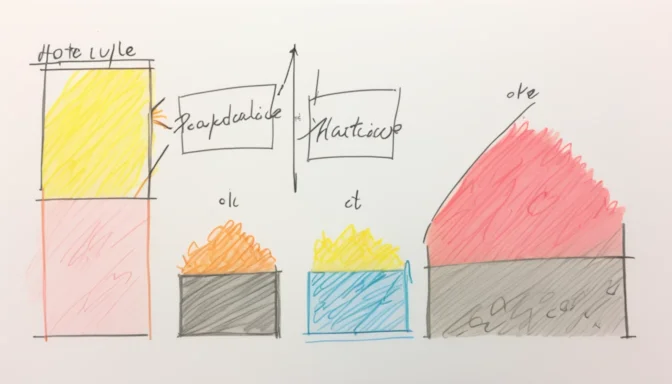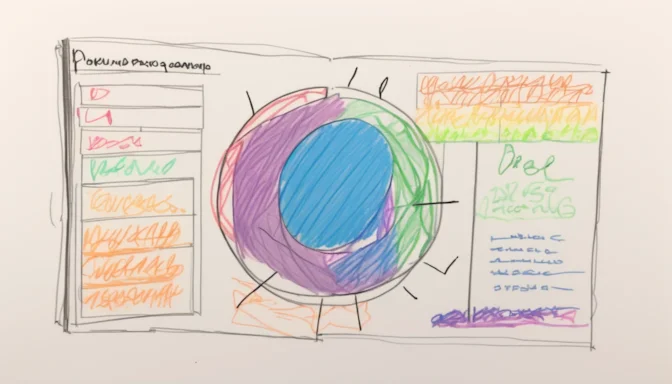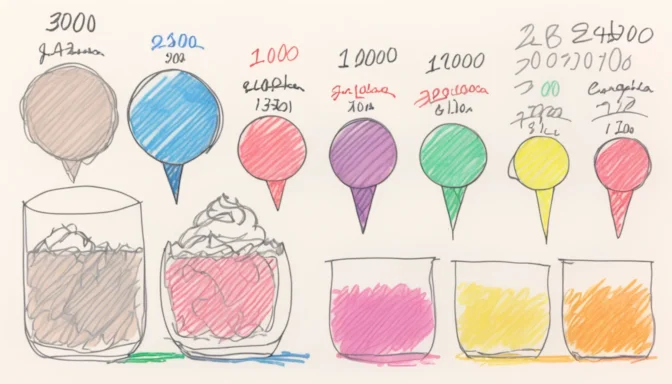What Is Color Contrast Ratio?

Color Contrast Ratio is a numerical measure that quantifies the difference in luminance between foreground and background colors. It is a cornerstone for making text and imagery easily visible and accessible, including for users with color vision issues.
The Importance of a 4.5:1 Contrast Ratio

A 4.5:1 contrast ratio is widely accepted as the industry standard, in accordance with Web Content Accessibility Guidelines (WCAG). This ratio ensures text remains legible even for individuals with color vision deficiencies or other visual impairments.
Levels of Color Contrast According to WCAG

WCAG specifies three grades of color contrast conformance: A, AA, and AAA. The AA level is widely seen as the industry standard, requiring a 4.5:1 contrast ratio between foreground and background.
What Does a High Contrast Ratio Mean?

Higher contrast ratios like 5000:1 or 100000:1 indicate a display's ability to produce significantly brighter whites compared to darker blacks. This results in deeper blacks and an enhanced overall picture quality.
The Strongest Color Contrast

The most potent contrasts are typically between black and white, often called light-dark contrast. Such high contrasts are not only effective for readability but can also be achieved using vibrant colors adjacent to darker ones.
How Good Is Good Enough?

For common tasks, contrast ratios from 1000:1 to 3000:1 are usually sufficient. Yet, advanced OLED displays with ratios up to 100000:1 provide even better quality, ideal for specialized applications like professional video editing.
 E-Commerceo
E-Commerceo
